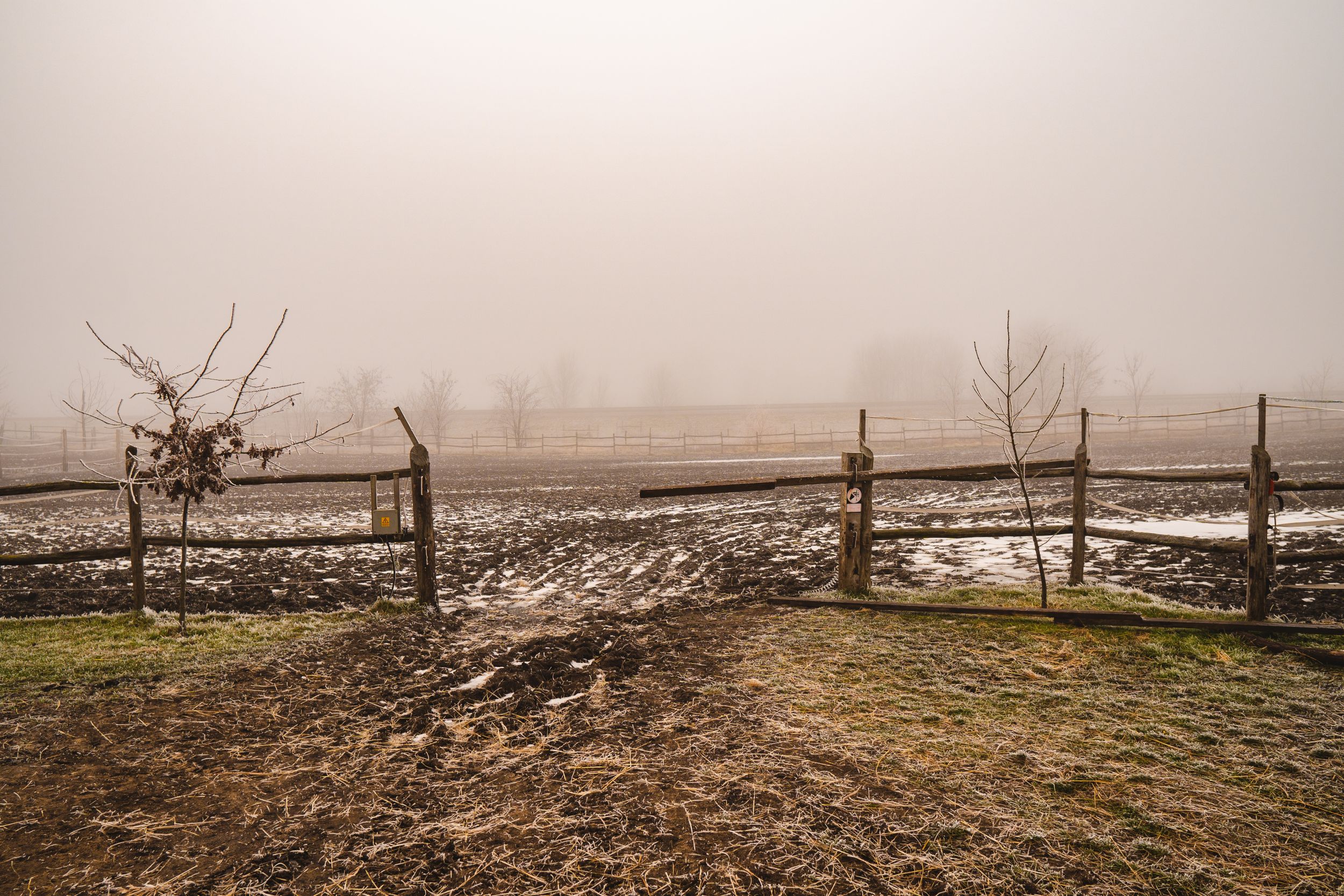The Indonesian government will begin seizing certified land left idle for two consecutive years, in a move aimed at ensuring land productivity and supporting agrarian reform.
Minister of Agrarian Affairs and Spatial Planning/Head of the National Land Agency (ATR/BPN) Nusron Wahid stated that any certified land that remains unused for economic activities or development for over two years will be subject to government takeover.
“For land that has been mapped and certified, if within two years there is no economic activity or development—meaning the land is not being used productively—the government is obliged to issue a warning letter,” said Nusron, on Sunday (July 13) as quoted by CNN Indonesia.
The process begins with an official warning issued by the National Land Agency (BPN). Landowners will be given a three-month window to utilize the land. If no activity is observed, the first warning letter will be sent. After another three months of inactivity, a second warning will follow. If still unused, a third warning is issued, followed by a six-month negotiation period.
If after a total of 587 days from the first letter there is still no land use, the property will be designated as abandoned land (tanah telantar) and added to Indonesia’s land reform program.
Land reform, or reforma agraria, is the redistribution of land to those who do not own or have limited access to it, especially lower-income groups.
Nusron said that of the 55.9 million hectares of certified land in Indonesia, 1.4 million hectares have already been categorized as abandoned and included in the land reform program.
This policy applies to all land ownership types, including Right to Cultivate (HGU), Right to Build (HGB), Right of Use, and others—without exception.
“So, if you own HGU or HGB land and it hasn’t been used for two years, the government can designate it as abandoned land,” Nusron emphasized.
Legal Foundation for Land Seizure
The policy is supported by Government Regulation (PP) No. 20 of 2021, particularly Article 7 paragraph 2, which allows the state to seize any form of land rights—including private ownership—if the land is intentionally neglected.
Conditions for land seizure include:
- The land being occupied and turned into residential areas by others;
- Third-party control of the land for 20 years without legal rights;
- Failure to fulfill the social function of land ownership, regardless of whether the original holder is alive or deceased.
In addition to private land, land with business licenses in sectors like mining, plantations, industry, tourism, and large-scale housing is also subject to seizure if unused for two years.
However, land managed by indigenous communities or classified as state land bank assets is exempt from this policy.
The ministry has clarified that the policy does not apply to uncertified land or land with traditional titles such as girik or verponding. These documents are not recognized as formal proof of ownership but can be used as indicators of traditional land claims.
“If someone holds a girik and still controls the land, there’s no issue. The land won’t be taken by the government,” said Asnaedi, Director General of Land Rights Determination and Registration at ATR/BPN.
Source: CNN Indonesia, Buka Mata News
Photo Credit Freepik


